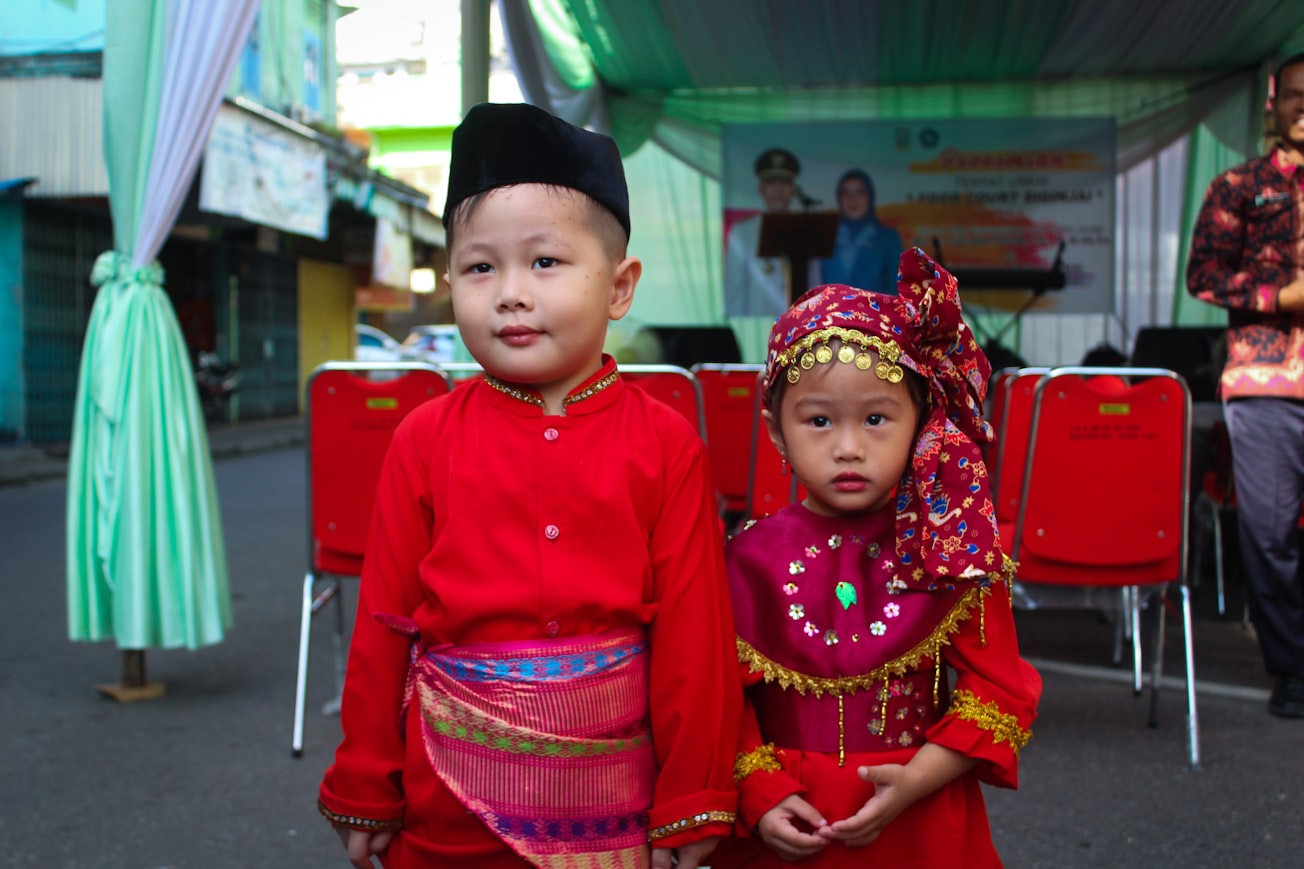What is it about?
This research uses Critical Discourse Analysis (CDA) to survey an array of mass and social media outlets, existing policies, and statistics to describe and interpret inter-ethnic relations between Tionghoa (Chinese Indonesians) and Pribumi (indigenous Indonesian Muslims) in Java. It adopts the Weberian three-factor social stratification model to group these relations under three main headings: class, status, and party. The analysis of this research is also enriched by using Geert Hofstede’s cultural dimension theory.
Featured Image

Photo by Taufiq Akbar on Unsplash
Why is it important?
This research shows that Indonesia is socially stratified along Tionghoa-Pribumi lines. Importantly, the analysis also exposes that this stratification is not primarily due to economic inequalities as commonly assumed, but rather the result of deep religious and cultural incompatibilities and inadequate policies. Ultimately, Indonesia’s social stratification exacerbates the existing social inequality and perpetuates antagonistic Tionghoa-Pribumi relations.
Perspectives
Indonesian society has to wake up to a stern reality of its conflicted nature. More importantly, because of the deep-rooted nature of the socio-cultural differences, it will be a complex and hard challenge to narrow the success gap in the professional and material areas between the Pribumi and Tionghoa. Ultimately, this research intends to make a significant and timely contribution to a better understanding of Indonesia’s troublesome inter-ethnic relations and help design more effective policies to defuse inter-ethnic tensions and to strengthen social cohesion.
Tomy Waskitho
Universitas Muhammadiyah Yogyakarta
Read the Original
This page is a summary of: Indonesian Weberian Social Stratification: The Case of Tionghoa-Pribumi Inter-ethnic Relations, International Journal on Minority and Group Rights, March 2021, Brill,
DOI: 10.1163/15718115-bja10022.
You can read the full text:
Contributors
The following have contributed to this page










